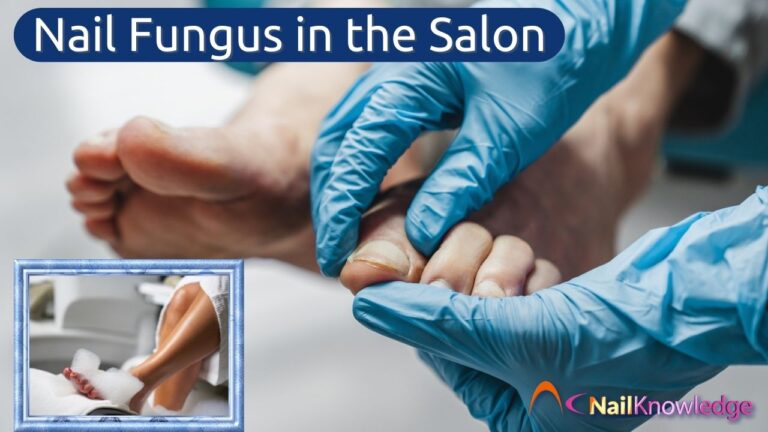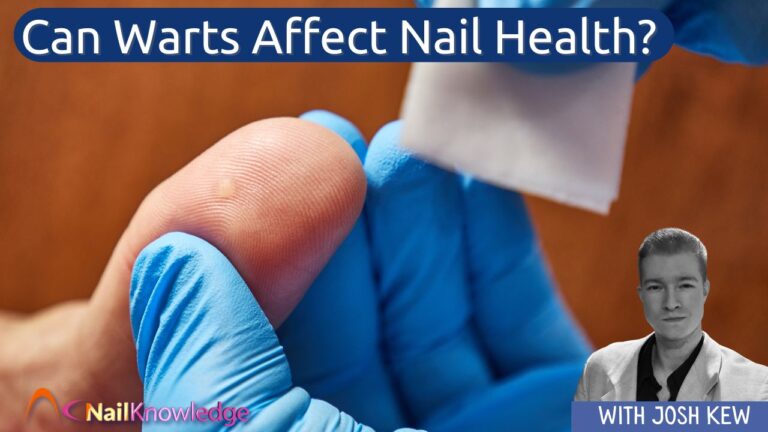Why Addressing a Verruca in a Nail Salon Matters More Than You Think
BẰNG thợ làm móng, we’re often closer to our clients’ skin, literally, than anyone else in their lives. While pampering someone’s feet or hands, we might catch sight of something they haven’t noticed or have chosen to ignore. It could be dry skin, discolouration, or something a little more concerning, like a verruca. Now, nobody gets into the beauty industry to play doctor, but when it comes to identifying something contagious or potentially harmful, such as a verruca in a nail salon, staying silent isn’t an option. Let’s face it, though: bringing up a potential medical issue can feel awkward. You don’t want to embarrass your client, and you certainly don’t want to sound accusatory or unprofessional. So how do you handle it gracefully? Here’s how you can navigate these tricky moments with compassion, tact, and confidence.
Recognising and Responding to a Possible Verruca or Foot Issue
Knowing what to look for is your first defence. Verrucae, commonly called mụn cóc ở lòng bàn chân, are caused by the human papillomavirus (HPV). They usually appear on the soles of the feet and can look like small, rough lumps of skin, often with little black dots at the centre. They can be painful, especially when under pressure from walking or standing. Crucially, they’re contagious, easily spread in communal areas like pools, showers, and yes, salons. In a busy nail salon environment where tools and spaces are shared, spotting a verruca in a nail salon setting is not just a medical concern; it’s a professional and ethical responsibility. While you can’t diagnose conditions (and shouldn’t attempt to), being aware of the signs helps you act appropriately.
Why Treating a Verruca in a Nail Salon Yourself is a Risk
It’s tempting to want to help, especially if your client looks worried or unsure. But resist the urge to just go over it with đánh bóng or ignore it entirely. Using tools on or near a verruca risks spreading the vi-rút, not just to other parts of your client’s foot, but potentially to your other clients or even to yourself. As a nail tech, your job is to provide a clean, safe, and enjoyable experience. That includes knowing when a client should be referred to a podiatrist. Saying “I think this might be something to check out with a specialist” is not a sign of limitation, it’s a sign of professionalism.
Talking About a Verruca with Sensitivity and Confidence
Nobody wants to hear they’ve got something unusual on their feet during what’s supposed to be a relaxing chăm sóc móng chân. That’s why your tone and timing matter so much. First and foremost, stay calm. If you look uncomfortable, your client will sense that and might feel embarrassed or even defensive. Here’s a script-style suggestion you could adapt: “I’ve noticed a little area here that looks like it might be a verruca. They’re really common and not usually serious, but they can be contagious, so it’s best to get it checked by a bác sĩ chân before we do any foot treatments.” You’re not diagnosing or blaming. Instead, you’re simply flagging something in a kind, matter-of-fact way, like you’d mention a chipped nail or dry cuticles, just with a bit more care.
Avoiding Embarrassment in a Personal or Public Setting
Let’s not underestimate how vulnerable clients can feel during a salon visit. Feet, in particular, are a sensitive topic for many. If you spot a verruca in a nail salon where the client is seated next to others, be discreet. Lower your voice. Don’t make a fuss. Avoid words that carry stigma like “infectious” or “disease.” Instead, keep your language neutral and reassuring. You might say something like: “This is just something I want to flag for your wellbeing, it’s easy to treat and very common.” Framing it this way prevents shame and keeps the trust between you and your client intact.
Helping Clients with Verruca Referrals Beyond the Nail Salon Chair
Your responsibility doesn’t end with pointing it out. You can go a step further by helping your client access professional care. That might mean keeping a list of trusted local bác sĩ chuyên khoa chân, having a few business cards on hand, or even offering to look up a name while they’re still with you. Doing so doesn’t just show that you care, it also reinforces your credibility and professionalism. You’re not just saying, “This is a problem.” You’re saying, “Here’s a solution.”
Making Clients Feel Welcome After Treatment
If a client has taken your advice, sought treatment, and is now ready to return, your approach should be warm and inclusive. Avoid making it a big deal. They might already feel a bit self-conscious, so keep the mood light. A simple “Lovely to see you again, how are your feet feeling now?” acknowledges their journey without making it awkward. That small kindness helps them feel comfortable and valued, and it shows you were invested in their wellbeing, not just their booking.
Final Thoughts: Professionalism with a Personal Touch
Bringing up a medical concern like a verruca in a nail salon might never feel entirely easy, but it’s a vital part of our role as beauty professionals. It’s not about crossing a line, it’s about holding the line when it comes to hygiene, safety, and care. Handled thoughtfully, these moments can actually deepen your relationship with your client. They’ll see that you’re not just there to give them shiny nails or soft heels, you’re there to look out for them. And that kind of care is what brings people back, again and again. So the next time you spot something unusual, don’t panic. Take a breath. Approach it with kindness, clarity, and a pinch of courage. You’ve got this.











